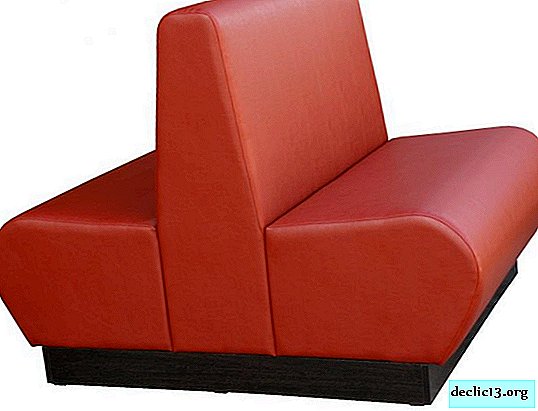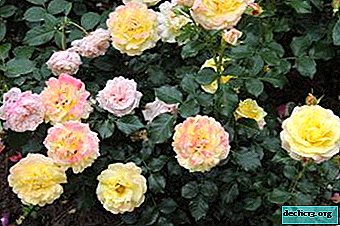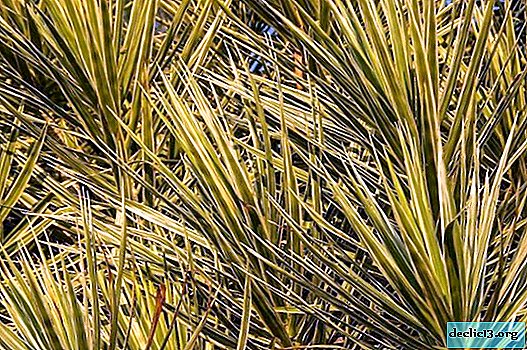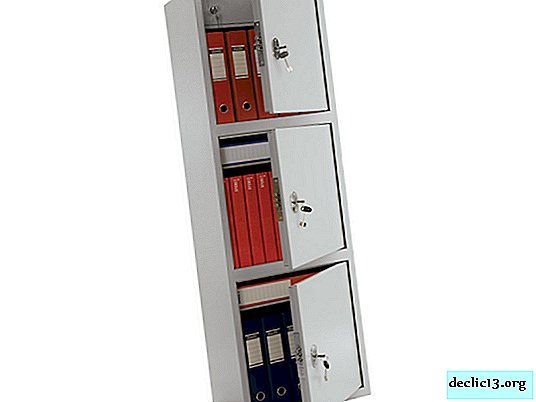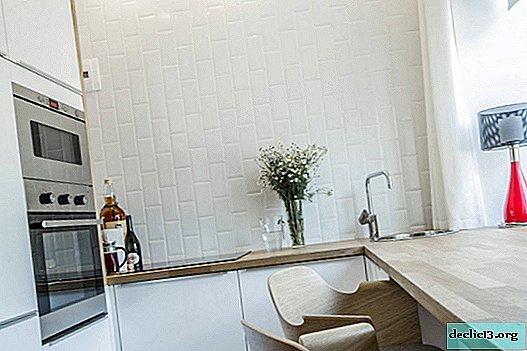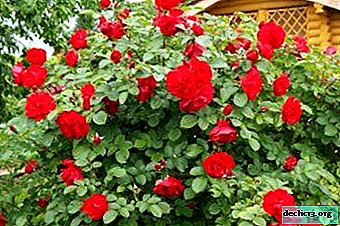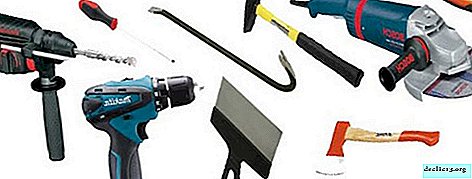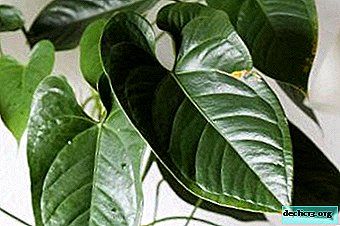Niche in the kitchen wall: design element or functional architectural detail?
To create the most ergonomic environment in the room, designers resort to various tricks. For the greatest functionality of the kitchen, it is necessary to use as many places as possible to store existing utensils. Therefore, furniture is not enough and designers use various niches as storage systems.


The main properties and features of such an architectural element
A wall niche is a recess in a wall that has a decorative or functional purpose. It serves to create an unusual composition and give the room additional originality. Such a niche can be created both at the stage of designing a room, or cut in the wall during repairs.


First of all, a recess in the wall is an additional space that you can use at your discretion. Most often, a niche is made in a drywall partition. Modern niches can no longer be called simply additional shelves. This is an independent architectural element that stands out in color and backlighting, and also solves some practical problems.
According to the color scheme, the niche can be contrasting or plain with the main color of the walls. The only recommendation in this area may not be to use dark colors, since then the niche will lose its attractiveness and will look like a through hole in the wall.



The shape of the niche depends on the furniture and the shape of the kitchen itself. If there is a sofa or a wide table, it is better to arrange the recess horizontally. She will emphasize the general tendency of the arrangement of lines in the room. And if you place it on a short wall, it is possible to visually lengthen this surface. A vertical niche will give the lack of lightness of bulky furniture and raise the ceiling. Such a recess can be placed near a window or door.
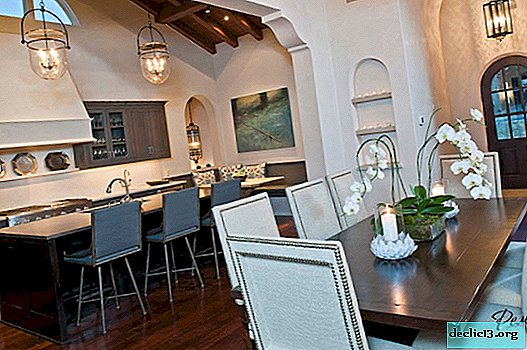

The source of the dissemination of such architectural techniques is the rustic style. It was typical for him to equip shelves in the form of niches in the walls. Today, in many popular styles, niches are used as a decorative element.
In the country style, the wall niche is painted the same color as the entire wall. Most often, the functional load on such a design is minimal and it is simply a decoration of the kitchen.


Unlike the previous version, the classic style of the kitchen design involves the practical purpose of the niche. In this embodiment, the niche has a rounded shape on top and stands out with a white border. The inside of the niche is painted in a contrast with the main color of the walls.
In retro-style, niches are used to post paintings or photographs. Niches in a retro or classic style kitchen are arranged symmetrically relative to each other. Backlight in this case is a rare element.


Modern styles allow the decorator’s imagination to take off. There are no restrictions on shape and color. Niches in a kitchen decorated in a modern style can be glazed, painted in an unusual color, or placed in a place atypical for such an architectural element: under the ceiling, near the floor, asymmetrically.



Niche lighting in the kitchen wall
Niche lighting is of great importance. She will easily give this decorative element the desired shade and can bring such a detail to the fore in the overall atmosphere of the kitchen.
The backlight can be located both on top and on the sides of the recess. During quiet family evenings, a niche can become a source of pleasant, dim light. If there are several niches, it is best to design them in the same style with the help of identical backlighting. This light will not be enough for the working process, so the main lamp should still be provided.


The play of light and shadow with the help of such a backlight will allow the kitchen to look more impressive and hide some of the defects of the repair and furnishings. However, an excess of cold fluorescent light will make the room uncomfortable. It’s unpleasant to be in such a kitchen for a long time. It is better if the light is soft and natural. A slightly pinkish light will add intimacy to the room. This option is suitable for a romantic dinner in the kitchen. The yellow color of lighting devices is the most natural and will not let your eyes get tired ahead of time.



If decorative elements are placed in a niche, then bright illumination will hide part of the decor color. At the same time, some materials of gold, silver or glass products from such illumination will only benefit and will sparkle and shimmer in the stream of light. In order to emphasize the subject in a niche, spot lighting is suitable. At the same time, lighting for a picture or photograph should be selected especially carefully. A scattered ray of light will softly illuminate the panel without distorting its natural appearance.

Rational use of a niche
The recess in the wall of the kitchen can carry both a decorative load and a functional one. The main practical significance of such a recess is its use as a shelf. What will stand on such a shelf depends on the location of the niche and its size.
A large niche can be adapted as a stand for furniture or kitchen appliances. The large floor-to-ceiling space provided by the walls is often intended as a refrigerator. Some developers, assuming the approximate location of the refrigerator in the kitchen, have a niche of standard sizes in that place. It is convenient to place a TV in such a niche. It will be protected from all sides by the wall from the negative effects of the aggressive environment prevailing in the kitchen during cooking. Niches for built-in appliances are often made in kitchen furniture. This allows you to conveniently and compactly place everything you need in the room, while maintaining maximum free space.


Several shelves can be placed in the recess. This will save on furniture. Most often, such a design move is used in the corridor or living room with decorative purposes, but in the kitchen such an element will bring many benefits.
A niche can be used as:
- furniture frames;
- instead of cabinets;
- for household appliances;
- shelf frames;
- frames for plumbing equipment;
- shelves for decorative objects and paintings;
- stands for home plants;
- bar counter.

Of course, you should not expect that a niche will be as functional as a shelf or a built-in wardrobe. A recess in the wall cannot replace a full-fledged kitchen furniture, but you should not neglect the compact storage capabilities.

